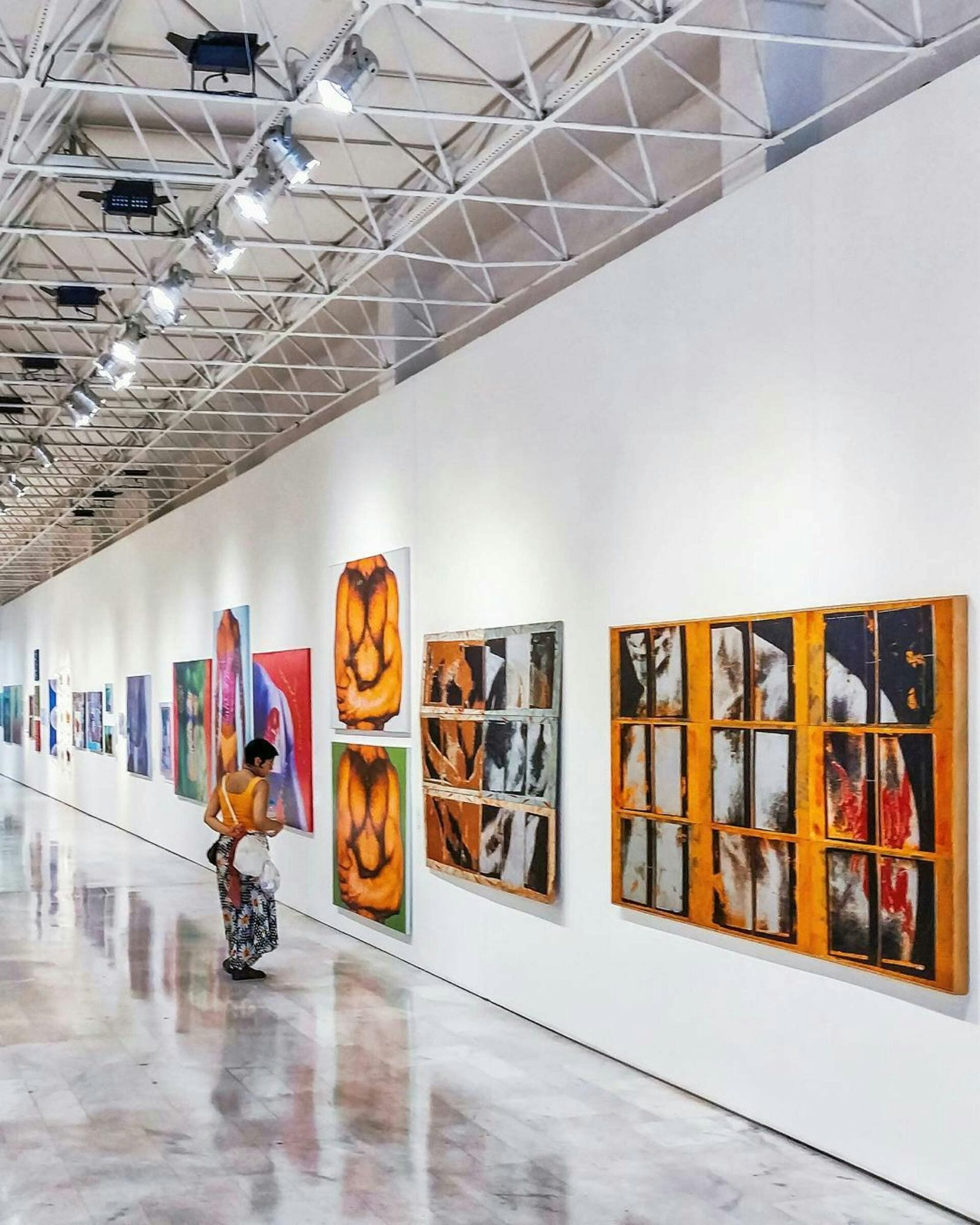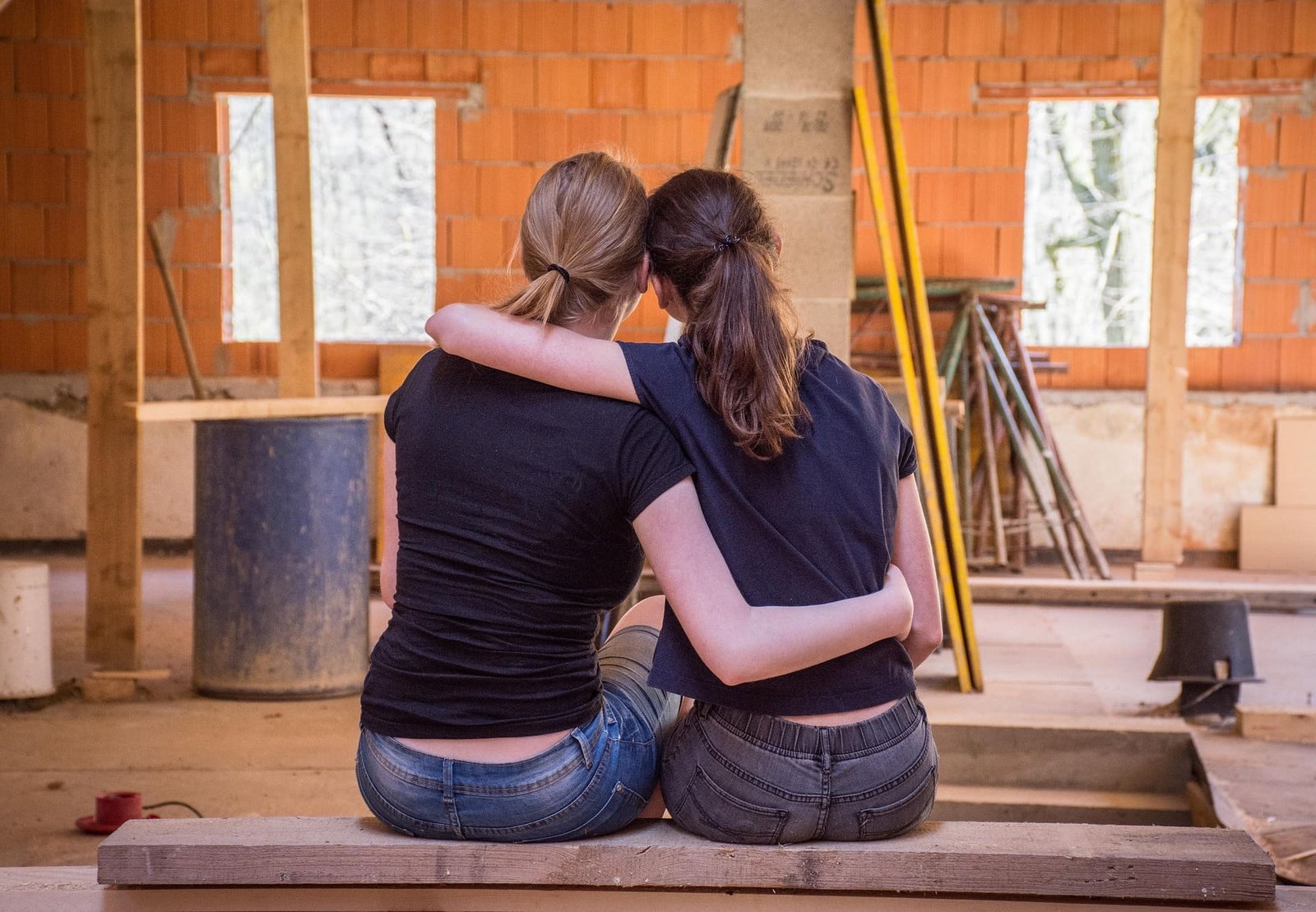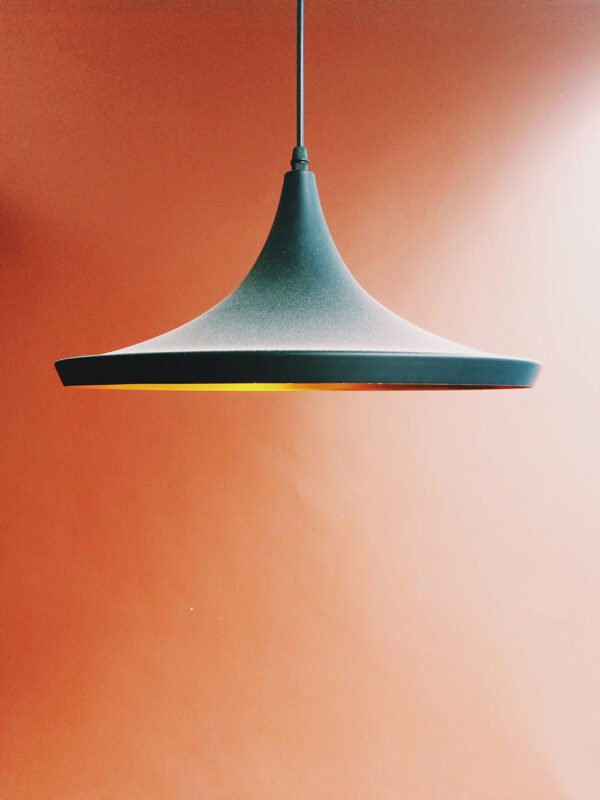Introduction
Exhibiting your artwork is a major milestone in your career as an artist. Whether it’s your first solo show or part of a group exhibition, being well-prepared ensures that your work gets the attention it deserves. Here’s a step-by-step guide to help you plan and organize everything from your collection to pricing, titles, and more.
Prepare Your Exhibition
01
Curate Your Collection
Start by selecting the right pieces for the exhibition. Your collection should reflect your artistic voice and style, as well as tell a cohesive story.
- Choose a theme: Think about a theme or message that ties your artwork together. It could be based on a concept, style, or a specific technique.
- Variety vs. consistency: While it’s important to show a range of your skills, ensure there’s a consistent aesthetic that ties the pieces together.
Tip: If you’re showing a series, make sure the progression or connection between each piece is clear and intentional.
02
Name and Title Your Works
Titles add context to your work and give viewers insight into your thought process. Consider these guidelines when naming your pieces:
- Be thoughtful and intentional: A title can be simple or symbolic, but it should reflect the meaning or emotion behind the piece.
- Short and memorable: Avoid long, complicated titles. Opt for something that will stick in the viewer’s mind.
- Consistency: Ensure that your titles fit well within the theme or concept of the collection.
03
Prepare a Price List
Pricing your art can be one of the most difficult steps, but it’s crucial for an exhibition. Here are a few points to consider:
- Research the market: Look at the prices of other artists at a similar career stage and adjust accordingly.
- Factor in your costs: Consider the time spent creating the piece, material costs, and gallery commission fees (if applicable).
- Set consistent pricing: If pieces are similar in size and medium, ensure their pricing is consistent to avoid confusion or devaluation.
- Have flexibility: Be prepared to negotiate, but don’t undervalue your work.
Tip: For emerging artists, it’s important to strike a balance between affordable and profitable.
04
Create an Artist Statement
An artist statement provides background information on your work, your creative process, and what you aim to communicate through your art. It’s an opportunity to engage with your audience beyond the visual.
- Be concise: Keep it to one page. Focus on key themes, inspirations, and techniques.
- Avoid jargon: Make sure your statement is easy to understand for a wide audience.
- Tell your story: Share why you created this collection and what it means to you.
05
Plan the Presentation and Installation
Your artwork should be displayed in a way that enhances its impact. Consider these aspects when planning the presentation:
- Spacing: Ensure that each piece has enough space to stand out without overwhelming the viewer.
- Lighting: Proper lighting can dramatically improve the viewing experience. Work with the gallery to ensure your pieces are lit effectively.
- Flow of the space: If possible, arrange your pieces in a way that guides the viewer through the exhibition, creating a narrative or emotional progression.
Tip: Walk through the space beforehand to visualize how your work will be arranged and adjust accordingly.
06
Marketing and Promotion
An exhibition is only successful if people know about it! Here’s how to promote your show effectively:
- Create event invitations: Send digital or physical invitations to your contacts, including collectors, gallery owners, and art lovers.
- Leverage social media: Share updates and teasers of your work leading up to the event on platforms like Instagram and Facebook. Use event hashtags and tag the gallery to increase visibility.
- Email newsletters: Send an email blast to your mailing list with details about the exhibition, including the date, time, and location.
Tip: Collaborate with the gallery to ensure they’re promoting the exhibition as well.
07
Prepare for Conversations
As the artist, you’ll be the focal point at the exhibition, so it’s important to be prepared for interactions with collectors, critics, and visitors. Here are a few pointers:
- Discuss your work: Be ready to talk about the inspiration and process behind each piece in your collection.
- Engage with visitors: Ask visitors for their thoughts and engage them in conversations about your work.
- Be professional: Treat every conversation as an opportunity to build relationships and potentially secure future commissions or sales.
Tip: Practice your elevator pitch – a short, engaging explanation of your work and what you aim to achieve as an artist.
08
Have Your Materials Ready
Ensure that you have all the necessary materials for the exhibition:
- Price list: Make this easily accessible to visitors, either as a handout or displayed near your works.
- Business cards: These are essential for building connections.
- Portfolio: Consider having a portfolio or brochure available for visitors to view more of your work.
08
Follow Up After the Exhibition
Once the exhibition is over, it’s important to follow up with people who showed interest in your work.
- Send thank-you notes: Thank the gallery, buyers, and visitors who attended your show.
- Stay connected: Follow up with potential buyers and collectors to keep the conversation going and nurture those relationships.
- Reflect and improve: Take time to reflect on the exhibition’s success and any feedback you received to improve your next show.
FINAL THOUGHTS
Preparing for an exhibition requires careful planning and attention to detail. By curating your collection, setting the right prices, creating a narrative through your titles, and promoting the event effectively, you’ll be well on your way to hosting a successful exhibition.











